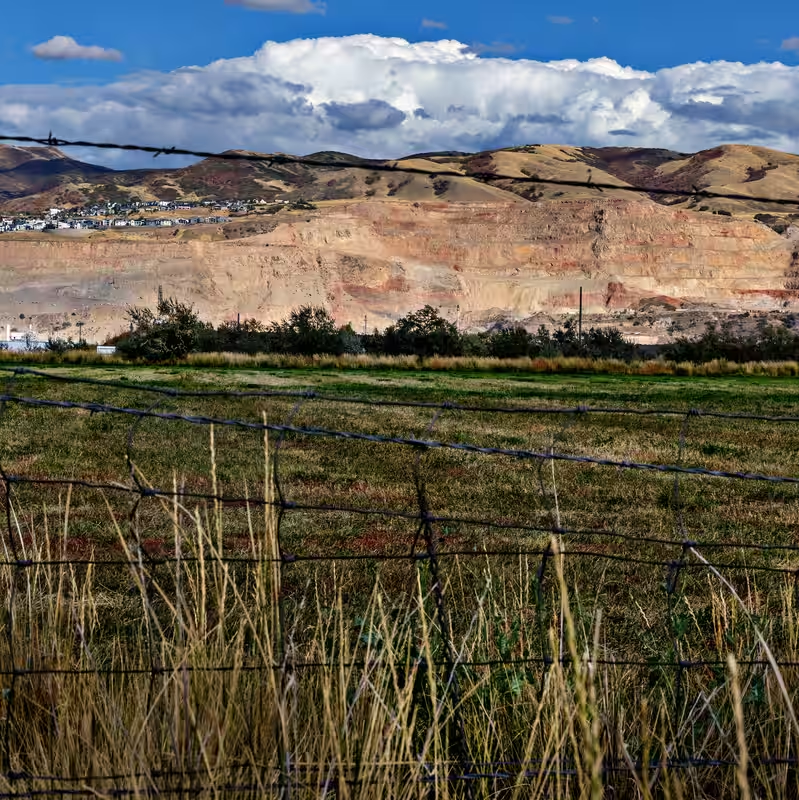Table of Contents
- What Is the Utah Homeless Campus?
- Trump’s Vision and Executive Order
- How the Campus Will Operate
- Criticism and Civil Liberties Concerns
- Funding and Logistical Challenges
- Voices from the Ground
- Sources
What Is the Utah Homeless Campus?
On 16 acres of scrubland near Salt Lake City’s airport, Utah is building what could become the most controversial homeless intervention in modern U.S. history. Dubbed a “services campus” by state officials, the facility aims to house up to 1,300 unhoused individuals—many of them involuntarily—for mental health and addiction treatment.
The Utah homeless campus represents a dramatic pivot from the state’s former “Housing First” approach, which prioritized stable housing before treatment. Now, under Republican leadership and aligned with former President Donald Trump’s policy agenda, Utah is embracing a model critics describe as coercive, even carceral.
Trump’s Vision and Executive Order
While planning began before Trump’s return to office, the project accelerated after he issued a July 2025 executive order calling for strict bans on public camping and expanded authority to involuntarily treat homeless individuals. Utah Governor Spencer Cox, a Republican, quickly endorsed the directive.
“We are ending a harmful culture of permissiveness,” said Randy Shumway, chair of Utah’s Homeless Services Board. The campus, he insists, offers a “resource-rich alternative” to jail or life on the streets.
How the Campus Will Operate
According to state plans, the facility will include:
- 400 psychiatric treatment beds under court-ordered civil commitment
- 400 substance abuse treatment beds as an “alternative to jail”
- An “accountability center” where entry and exit are not voluntary
- “Work-conditioned housing” tied to behavioral compliance
Law enforcement “rescue teams” will identify unhoused individuals in urban areas and present them with a stark choice: accept transport to the campus or face court and possible jail time.
Criticism and Civil Liberties Concerns
Opponents warn the Utah homeless campus risks becoming what Democratic state senator and physician Jen Plumb called “a prison or a warehouse.” Civil rights advocates draw disturbing parallels to historical forced relocations.
“This reads similar to rounding up Jews or other people the Nazis didn’t like,” said Jesse Rabinowitz of the National Homelessness Law Center.
Current Utah law requires a judge to find someone “dangerous or gravely disabled” before civil commitment—but the state is reportedly exploring ways to lower that threshold, raising serious due process concerns.
Funding and Logistical Challenges
The project carries an estimated $75 million construction cost and $34 million in annual operating expenses. Yet Utah already faces a severe shortage of psychiatric staff and beds.
Plans to redirect $17 million in federal homelessness grants—currently used for housing—could displace people already in stable accommodations. “You’re going to be pulling people out of housing into homelessness,” warned Josh Romney of Shelter the Homeless.
Adding to concerns, the site is two miles from the nearest bus stop, with no sidewalks—making reintegration into the community nearly impossible for residents.
Voices from the Ground
Many unhoused Salt Lake City residents hadn’t heard of the plan. When shown renderings, some expressed cautious openness—but deep skepticism.
“OK, so straight up, this reminds me of a concentration camp,” said Elizabeth Lowe, who has lived outside for 15 years. “Would we be able to leave of our own free will?”
Others, like Randy Zumwalt, 63, acknowledged the appeal of escaping downtown drug markets—but questioned whether forced treatment leads to lasting recovery.
Sources
The New York Times: In Utah, Trump’s Vision for Homelessness Begins to Take Shape
U.S. Department of Housing and Urban Development




